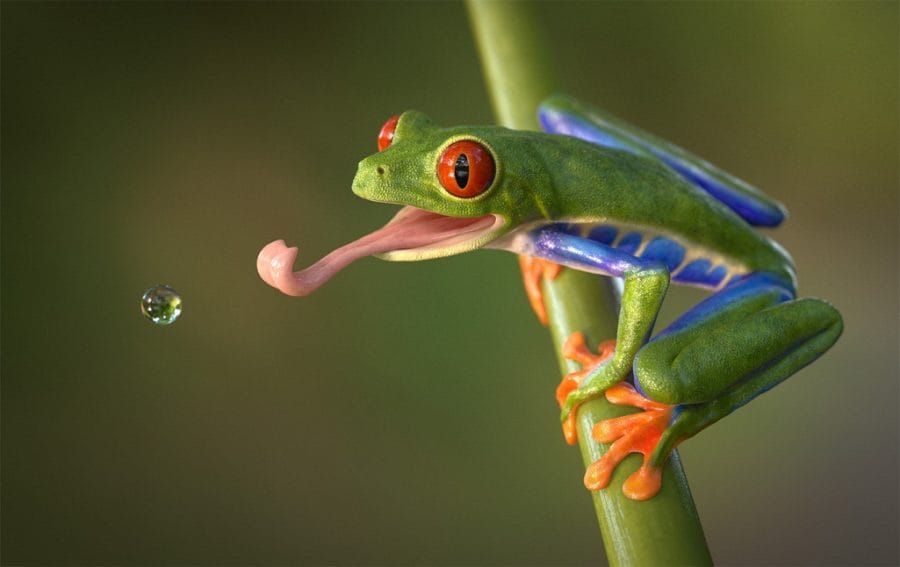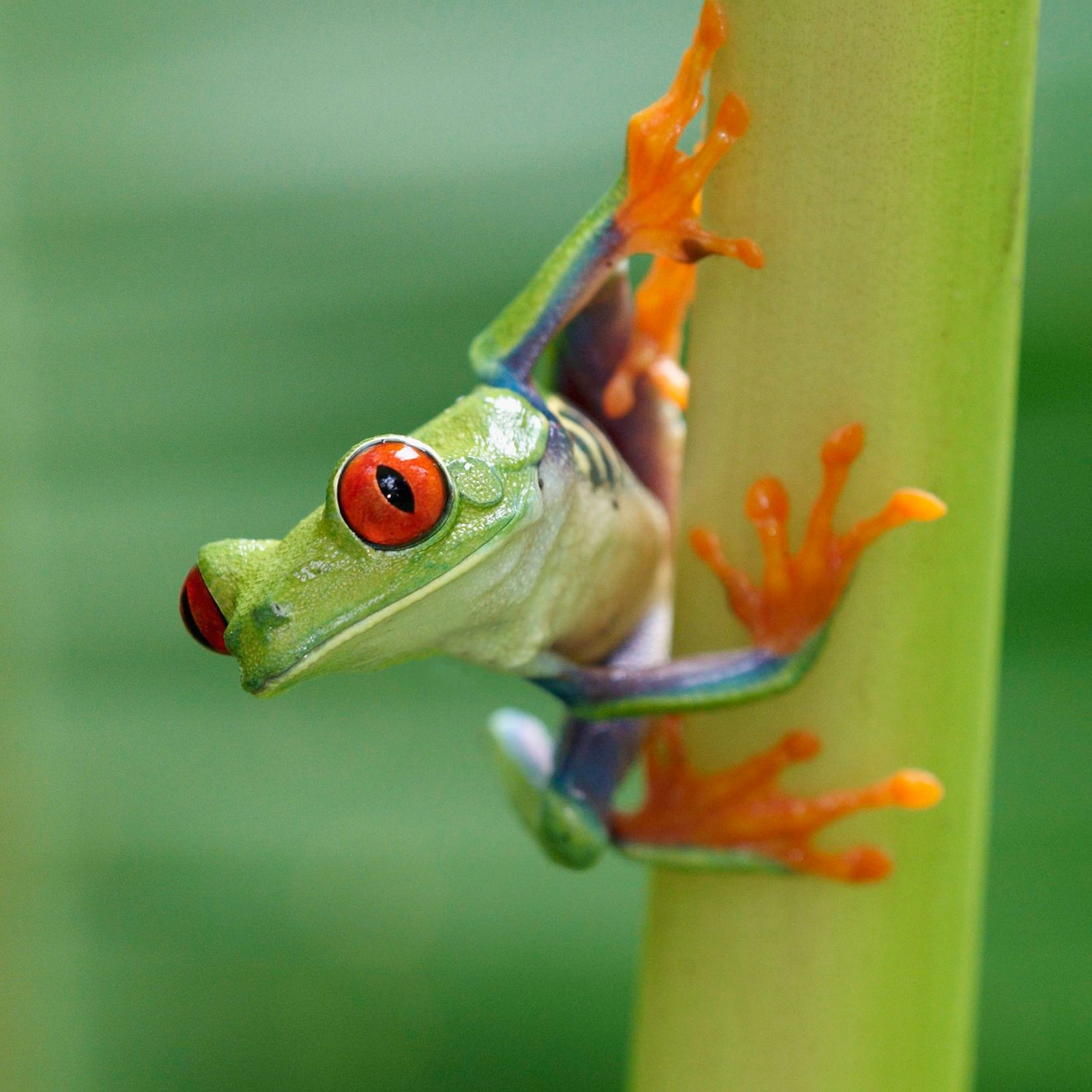The red-eyed tree frog primarily eats insects and other small invertebrates found in its habitat. Found in the rainforests of central america, the red-eyed tree frog is a fascinating and vibrant creature.
Known for its striking appearance, with bright green skin, bold blue and yellow stripes, and of course, its distinct red eyes, this tree frog has captivated the attention of many nature enthusiasts. However, aside from its appearance, one might wonder, what exactly does this amphibian eat?
In this article, we will delve into the diet of the red-eyed tree frog, exploring its preferred foods and feeding habits. By understanding what these frogs eat, we can gain further insight into their unique ecological role and adaptations for survival in the rainforest environment.

Credit: www.animalspot.net
Diet Of Red Eyed Tree Frog
The red-eyed tree frog’s diet varies depending on its life stage and native habitat. As tadpoles, they mainly eat algae and small aquatic plants found in freshwater ponds and streams. Once they reach adulthood, their diet shifts to insects, such as crickets, moths, flies, and beetles.
These vibrant frogs are excellent hunters and use their sticky tongues to catch their prey. They are primarily nocturnal creatures, which means they hunt at night. Their native habitat, which includes the rainforests of central and south america, provides them with an abundance of insects to feast on.
This diverse diet ensures that the red-eyed tree frog obtains the necessary nutrients for its growth and survival throughout its life.
Insects As A Major Food Source
The red-eyed tree frog primarily feeds on insects, relying heavily on them as a major food source. These vibrant amphibians have a preference for various types of insects. From beetles to moths, crickets to grasshoppers, they consume a wide variety of small creatures.
Red-eyed tree frogs have developed efficient hunting techniques to capture their prey. They use their keen eyesight to locate insects and then make quick, calculated leaps towards them. Their long sticky tongues, aided by saliva, snatch the unsuspecting insects in an instant.
Their diet mainly consists of insects found in and around trees, where they spend most of their time. By focusing on insects, red-eyed tree frogs have adapted to their environment and ensured their survival in the rainforests they call home.
Frequently Asked Questions Of What Do Red Eyed Tree Frog Eat?
What Do Red-Eyed Tree Frogs Eat In The Wild?
In the wild, red-eyed tree frogs primarily eat insects such as crickets, moths, flies, and beetles. They are opportunistic predators and have been known to occasionally consume small invertebrates like spiders and snails as well.
Do Red-Eyed Tree Frogs Eat Fruits Or Plants?
No, red-eyed tree frogs are not herbivores. They rely on a diet composed mainly of insects found in their natural habitat. While some tree frog species may occasionally consume small fruits or plant matter, red-eyed tree frogs do not specifically seek out vegetation as part of their diet.
How Often Do Red-Eyed Tree Frogs Eat?
Red-eyed tree frogs typically feed every 1-3 days, depending on the availability of prey and their physical condition. They are active hunters during the night and use their excellent vision to locate and capture insects. The frequency of feeding may vary depending on factors such as temperature, season, and individual metabolism.
Conclusion
To sum it up, the diet of red-eyed tree frogs primarily consists of various insects, making them insectivores. Their staple food includes crickets, grasshoppers, flies, moths, and even spiders. While they are known to be opportunistic feeders, they rely heavily on their keen eyesight to locate prey.
The vibrant colors and large eyes of these frogs allow them to hunt effectively in the dark. Their long, sticky tongues are essential for catching insects in a matter of seconds. In addition to insects, these amphibians occasionally consume small vertebrates such as tadpoles or small frogs.
It is crucial to provide them with a well-balanced diet in captivity to ensure optimal health. By understanding and meeting their dietary needs, we can contribute to the well-being of these fascinating creatures. So, whether you find them in their natural habitat or keep them as pets, ensuring a varied and nutritious diet is crucial for the survival and thriving of red-eyed tree frogs.
